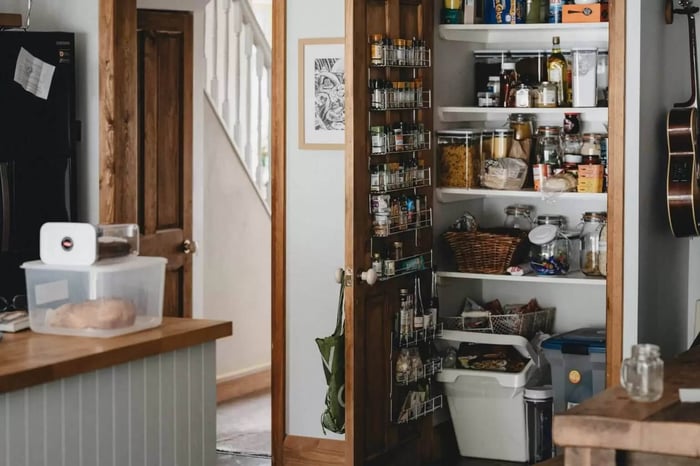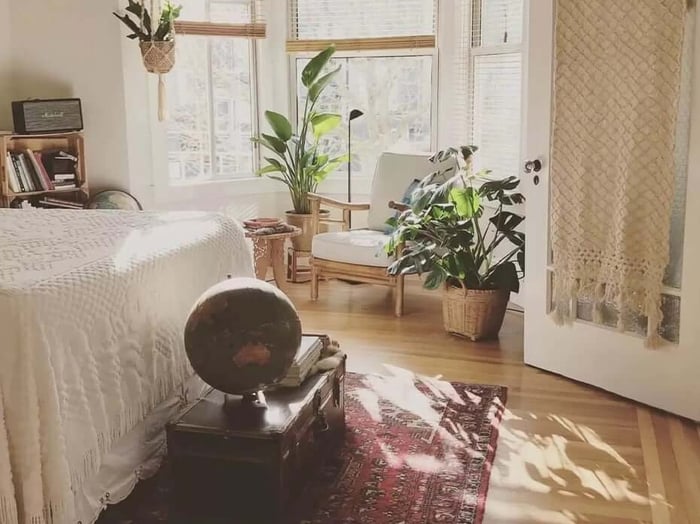
From humid summers to cold, dry winters, seasonal shifts can take a toll on your belongings, especially if they’re sensitive to temperature or moisture. That’s where climate-controlled storage comes in. Whether you’re storing family heirlooms, important documents, furniture, or electronics, using the correct type of storage space makes a big difference.
At Storage Depot, we understand the importance of maintaining a stable environment for your items. In this article, we’ll explore:
What climate-controlled storage is
What items benefit the most from it
The difference between climate control and standard storage
Everyday use cases for residents and businesses
Seasonal considerations
Cost vs. benefit analysis
Let’s dive in.
What Is Climate-Controlled Storage?
Climate-controlled storage is a specialized type of storage unit that maintains consistent temperature and humidity levels. These storage spaces typically range between 55°F and 85°F and are equipped with ventilation or dehumidification systems to help protect contents from extreme heat, cold, and moisture.
Unlike standard or drive-up storage units, which are often exposed to outdoor conditions, climate-controlled storage units are typically located indoors and part of an insulated building.
Why It Matters
Humidity can warp wood, ruin photos, and promote mold growth.
Heat can degrade electronics and plastics.
Cold can cause certain items to become brittle or crack.
Items That Benefit from Climate-Controlled Storage
Some items are more susceptible to damage from environmental fluctuations. Here are typical examples of sensitive items that are best stored in a climate-controlled unit:
Item Type | Risks Without Climate Control |
Wooden furniture | Warping, cracking, and mold |
Electronics | Internal condensation, corrosion, and malfunction |
Photos & documents | Yellowing, fading, sticking, mildew |
Clothing & fabrics | Mold, mildew, and insect infestation |
Musical instruments | Wood warping, string corrosion, tuning issues |
Leather goods | Cracking, drying out, mildew |
Artwork | Canvas damage, paint cracking, color changes |
Mattresses & bedding | Mold, odor, pest exposure |
Wine & collectibles | Spoilage, label damage, discoloration |
These items don’t just have financial value; they often carry sentimental or functional importance. That makes proper storage essential.
Climate Control vs. Standard Storage: Key Differences
Feature | Climate Controlled Storage | Standard Storage |
Temperature regulation | ✅ Yes (typically 55–85°F) | ❌ No |
Humidity control | ✅ Often included | ❌ No |
Indoor access | ✅ Usually | ❌ Typically outdoor |
Best for | Sensitive items, long-term use | Tools, yard equipment |
Protection from pests | ✅ Better insulated | ❌ More exposed |
While drive-up storage or enclosed storage is excellent for short-term needs or durable items (such as holiday décor, lawn tools, or bikes), climate-controlled units are the more intelligent choice for items that cannot be easily replaced or repaired.
Who Needs Climate-Controlled Storage?
1. Homeowners Decluttering or Downsizing
If you’re cleaning out the garage, prepping for a move, or temporarily downsizing, a secure storage unit with climate control ensures your furniture, family heirlooms, and seasonal clothing stay in good condition.
2. Business Owners Storing Inventory
For small businesses that deal in inventory, such as cosmetics, electronics, paper records, or samples, storing business assets in a temperature-regulated facility can help prevent losses due to product degradation.
3. Collectors and Hobbyists
Stamp collections, vintage toys, sports cards, or vinyl records all fare better in a controlled environment.
4. Students and Military Members
College students storing dorm items over summer break or military personnel storing belongings during deployment can use climate-controlled residential storage for peace of mind.
Seasonal Considerations: When Climate Control Is a Must
Summer Risks
High heat can warp wood and melt plastics.
Increased humidity raises risks of mold and mildew.
Insects are more active and may infest unprotected items.
Winter Risks
Cold can cause certain materials to become brittle or freeze.
Drastic temperature swings can cause expansion and contraction.
By using climate-controlled storage, you’re safeguarding your items from seasonal extremes-ideal for most U.S. regions.
Cost vs. Benefit: Is It Worth It?
A climate-controlled unit typically costs 20–50% more than a standard unit of the same size. But here’s why many customers see that as a worthy investment:
Unit Type | Monthly Price (avg) | Long-Term Cost Risk (Repairs/Replacement) |
Standard 10x10 Unit | $100 | $500–$2000 (furniture damage, mold, etc.) |
Climate Controlled 10x10 | $130 | $0 (with proper packing and monitoring) |
The upfront cost is offset by avoiding irreversible damage or replacement costs-especially for valuable or irreplaceable items.
Additional Benefits of Climate-Controlled Units
Better Air Quality
Because these units are inside sealed buildings with ventilation systems, the air is filtered and circulated, reducing dust accumulation.
Cleaner Environment
Less exposure to dust, debris, and insects makes these units ideal for storing upholstered furniture and textiles.
Enhanced Security
While all secure storage units at Storage Depot are monitored and well-maintained, indoor units often have an additional layer of protection through building access control.
How to Pack for Climate-Controlled Storage
Use breathable containers for fabrics and papers.
Elevate boxes off the floor using pallets to allow air circulation.
Label and inventory your items.
Avoid using plastic wrap on wood or fabric-it traps moisture.
Use desiccant packs or silica gel inside boxes to absorb humidity.
Packing correctly ensures you get the full benefits of your climate-controlled space.
Use Cases: Climate Control in Action
Interior designer storing fabric samples and décor between projects
E-commerce business storing packaged candles and skincare
Newlyweds storing wedding gifts and décor
Retiree relocating and storing books, photos, and electronics
These examples show why temperature-regulated storage isn’t a luxury-it’s a necessity.
Choosing the Right Unit at Storage Depot
At Storage Depot, we offer a wide range of storage solutions, including:
Drive-up storage for easy access
RV storage and boat storage for seasonal needs
Enclosed units for motorcycles, trailers, or business equipment
Climate-controlled storage for sensitive items
Each location is well-maintained, secure, and designed for both residential and commercial storage needs.
Don’t Risk It-Store Smarter
Your belongings deserve more than a dusty garage. If they’re sensitive to heat, cold, or moisture, climate-controlled storage is the smarter, safer, and more cost-effective solution.
Ready to Protect What Matters?
Choose a climate-controlled unit at Storage Depot today and ensure your valuables stay safe year-round. Visit our blog for more storage tips and seasonal advice.




